Graphics Reference
In-Depth Information
closed
if F(a) = F(b). If F is closed and F is one-to-one on [a,b] or one-to-one on (a,b),
then F will be called a
proper parametric curve
or
proper parameterization
of the path
X
.
Note that a parametric curve is a
function
. We have reserved the word “curve” by
itself to mean a
set
, in the same way that “path” or “surface” refer to a set. The reader
needs to be cautioned about the terminology. The problem is that these words are
often used to mean either a set or a function with only the context making clear which
is meant. Our terminology attempts to more or less allow for the common usage of
the words dealing with curves and surfaces while at the same time maintaining the
important distinction between a
set
and a
function
. As an example of this, we point
out to the reader that expressions such as “differentiable parametric curve,” “the para-
metric curve F(t),” etc., will often be abbreviated to “differentiable curve,” “the curve
F(t),” etc., respectively, in the future.
Let F : [a,b] Æ
R
n
be a differentiable parametric curve. If
()
=
(
()
()
()
)
Ft
F t F t
,
,...,
F t
,
1
2
n
then we know that
(
)
¢
()
=
¢
()
¢
()
¢
()
Ft
Ft Ft
,
,...,
F t
n
.
1
2
Definition.
The vector F¢(t) is called the
tangent vector
of the curve F at F(t). In
certain contexts it is called the
velocity
of F at F(t) and its length, |F¢(t)|, is called the
speed
of F at F(t). The vectors
¢
()
¢
()
Ft
Ft
(
¢
()
=
)
or
0
if F t
0
are called the
unit tangent vectors
of the curve.
Some simple cases and pictures should convince the reader that the term
“tangent vector” makes sense because the vectors that one gets are indeed what one
would want to call “tangent” to the curve. One can see this also from the definition
of the derivative, which makes F¢(t) a limit of secant lines. The terms “velocity” and
“speed” also make sense because the derivative specifies a rate of change. Note that
F¢(t) is another curve and so one can keep differentiating (if the derivative exist) to
get higher-order derivatives F≤(t),..., F
(k)
(t),...of F(t).
8.4.1. Example
. Define F(t) = (t
2
+ 3t,sin t,5). Then F¢(t) = (2t + 3,cos t,0) and the
tangent vector to F at (0,0,5) is (3,1,0). Also, F≤(t) = (2,- sin t,0), and so F≤(0) = (2,0,0).
8.4.2. Example
. Consider the parameterization of the unit circle defined by F(q) =
(cos q,sin q). Then F¢(q) = (- sin q,cos q) and this vector is clearly a vector “tangent” to
the circle at F(q) since F(q)•F¢(q) = 0.
Next, note that if g(t) = t, then, using the chain rule, the tangent vector F¢(t) is just


